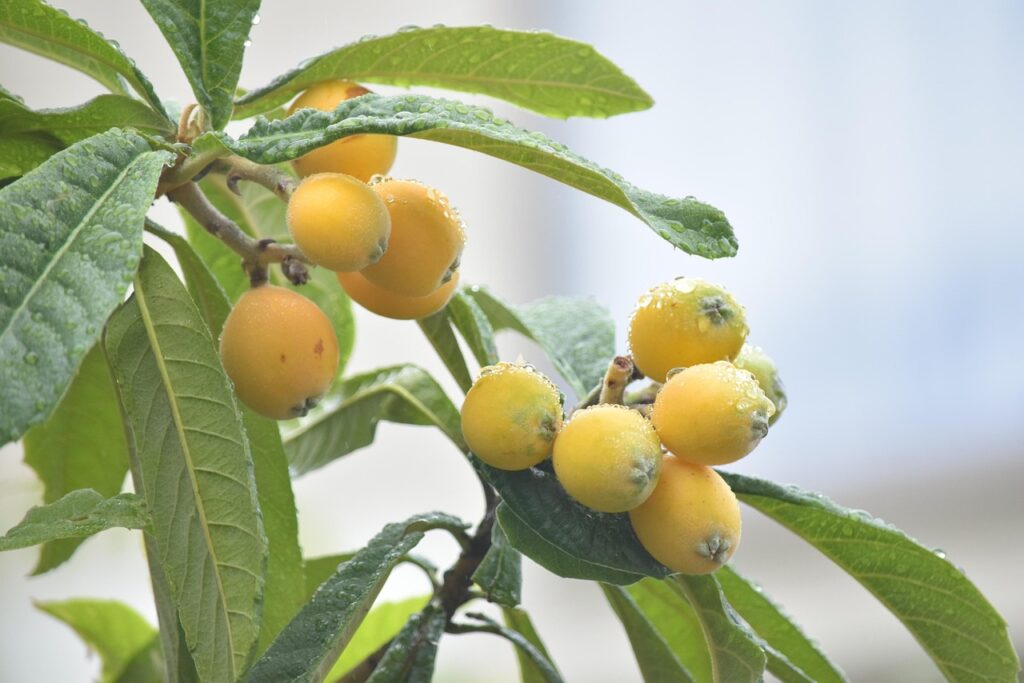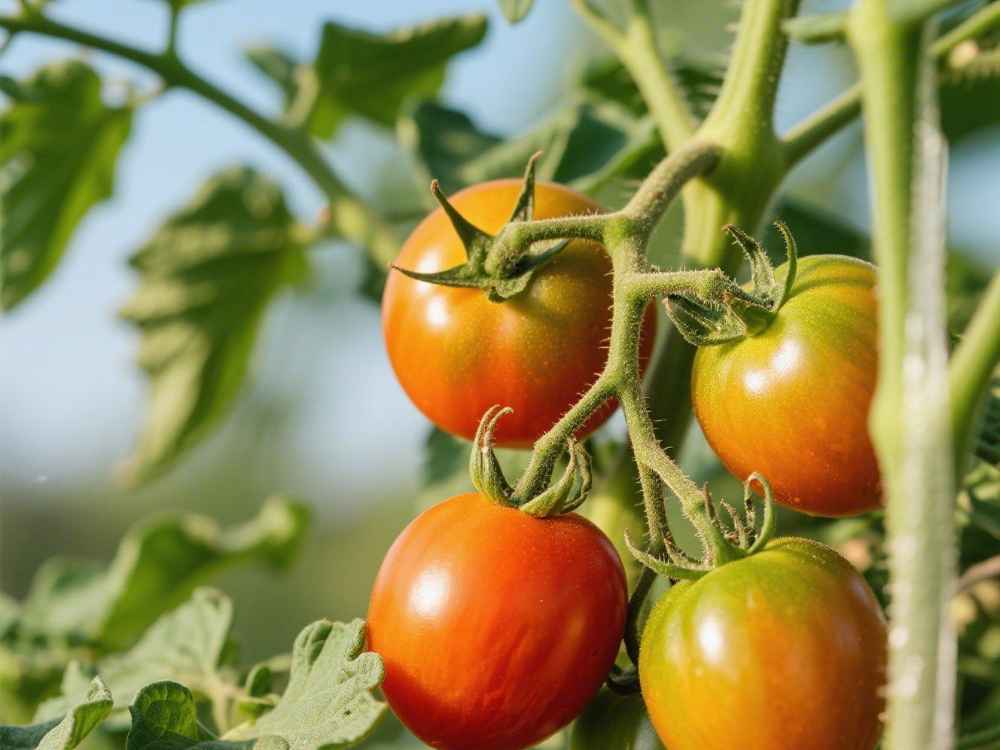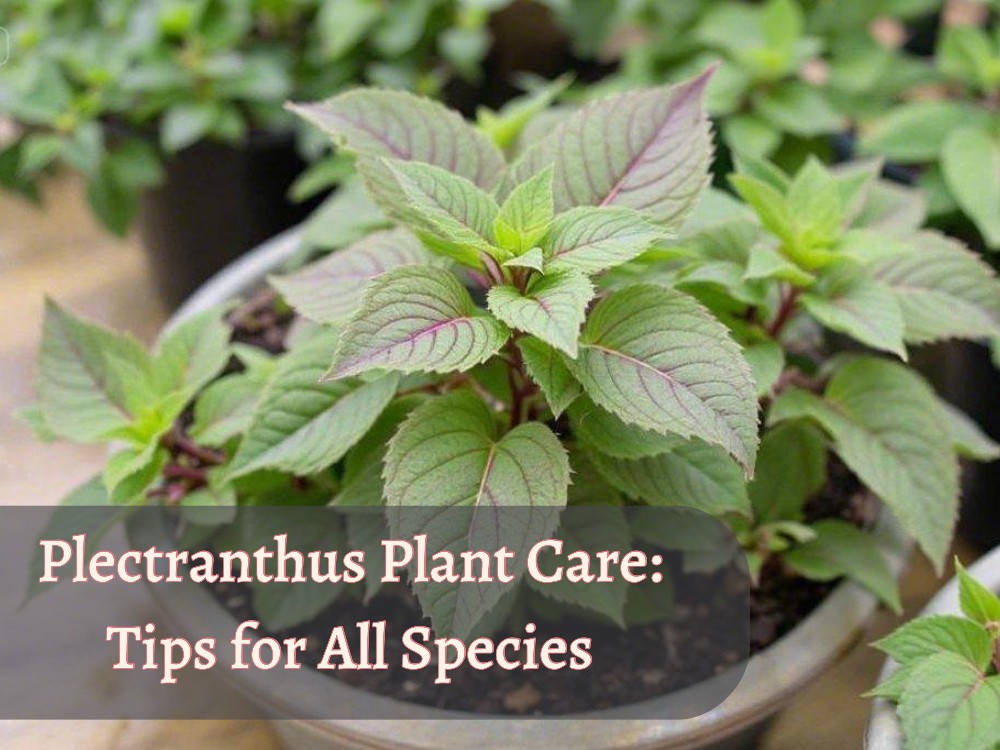Have you ever, like me, stood in the market looking at fruit and thought, “I wish these were growing in my own backyard”?
I’ve had that exact thought. The fruit looks fresh, smells amazing, but the price? Not so sweet. And then I think, “What if I could grow all this myself?”
Just imagine… waking up in the morning, stepping outside, and picking fresh fruit right from your own tree.
No grocery store hassle, no tasteless fruit. Just the joy of picking something that you planted and cared for.
And the best part? Several fruit trees grow best in Texas with just a little care and space. You don’t need to be an expert, just a bit of patience, and you’re on your way to your own mini orchard.
Fruit Trees in Texas: What’s the Connection
Any plant is completely connected with the climate, and climate factors highly affect plant growth. This affection may be positive or negative, depending on the right picks and care maintenance.
Remember, any plant does not thrive well without proper attention, whether it is a fruit tree or vegetables.
In the matter of choosing the best fruit trees for Texas……..
As you may know, Texas is the second-largest state in the U.S., with a diverse climate from north to south.
And each fruit tree demands a unique climate for its long-term growth with juicy fruits. That’s why fruit tree choices become different in distinct areas of Texas.
To grow fruit trees successfully in Texas, the first step is to determine (1) “which fruit tree will grow well in Texas”.
Because after all your effort and patience, the last thing you want is a tree that never gives you fruit. (Don’t worry, not your case.)
The second thing is (2) “the right planting time based on local climate and propagation method“.
When launching a fruit tree garden in Texas, you must consider the growing season and frost dates.
What Fruit Trees Grow Best in Texas? Our Top 4 Picks
Firstly, let’s consider the foremost thing: which fruit tree grows happily in Texas?
I have linked growing guides with the right planting time. So you can easily see how to plant fruit trees in Texas after proper decision of picking the right fruit trees for your area.
Here are the top 4 picks of fruit trees that grow best in Texas. This article will be changed over time with other top fruit trees; therefore, I would suggest reviewing this content to add another recommended fruit tree for Texas.
1: Peaches “Red Globe” “Dixiland” “Bounty”




Fruit trees for Texas, especially peach trees, grow well in the state’s warm climate and are a favorite choice for home gardeners.
In Texas, Peach trees require a specific duration of chill hours (under 4 to 7 Centefrade). That’s why, based on peach chilling requirements.
- East Texas is naturally suitable for existing well-thriving varieties, such as “Red Globe” and “Elberta.”
- North Texas also offers good situations; you just need to choose early blooming varieties, for example, “Harvester”.
- However, living in South Texas, you need to choose low chilling varieties, such as “Florida King” June Gold,” and “Red Baron.”
- West Texas demands medium chilling varieties. Online orchards recommend Curlfree peach for easy management.
When and How to Plant Peaches in Texas?
Buy a grafted peach tree from your local nursery or try to grow it from seeds. A grafted peach tree may take 2 to 4 years, and seed-grown peaches may take 3 to 5 years to produce fruit.
For seed-grown peaches, sowing and transplanting times change based on frost dates in Texas. (Here’s when to sow peach seeds in Texas.) Most gardeners harvest peaches in June or July from their backyard.
2: Pears “Warren” “Ayres” “Magness”




Pear trees are among the most rewarding fruit trees for Texas, adapting well to the state’s warm summers and mild winters.
Like peaches, pear trees also need chilling periods and mostly suffer from a disease called “fireblight,” which makes different varieties recommended for different areas of Texas.
- East Texas: Warm and humid? Go for fireblight-resistant types like Kieffer, Orient, Moonglow, Magness, or Asian pears like Shinko and Shin Li.
- North Texas: Cold winters? Kieffer and Orient work well. For extra disease resistance and sweet flavor, try Warren, Ayres, or Magness.
- South Texas: Fireblight is common here. Stick with Warren, Kieffer, Orient, and low-chill Asian pears like Shinseiki or 20th Century.
- West Texas: It’s dry and arid. Choose tough growers like Bartlett, Moonglow, and hybrids like Ayers, plus crisp Asian pears.
When and How to Plant Pears in Texas?
A grafted pear tree (that you can also buy from a local nursery) usually takes 3 to 5 years, while a seed-grown one can take 5 to 10 years or even longer. Try to grow pears from seeds to make them friendly to your local climate.
Pear seeds planting time varies based on distinct last frost dates in whole Texas (here’s when to sow pear seeds in Texas). Experts describe that they generally harvest pears from late summer through fall.
3: Figs “LSU Tiger” “Smith” “Celeste”




Fig trees stand out as hardy fruit trees for Texas, thriving in the state’s hot summers and producing a rich, sweet harvest.
Unlike peaches and pears, fig trees do not require chilling periods; however, short cold spells can help to break dormancy. Overall, figs grow best in a moderate climate; not too warm and not too cold.
There are some fig varieties for the whole of Texas, based on fig growth preference.
- East Texas experiences hot summers and mild winters. Recommended options include Kadota, Brown Turkey, and O’Rourk.
- In North Texas, cold-tolerant figs will grow best, such as Celeste, Texas Everbearing, LSU Purple, and Chicago.
- South and west Texas are relatively warmer and may be a dry area. Consider planting heat and drought-tolerant figs, such as Black Mission, Violette de Bordeaux, Beers, and Yellow Long Neck.
When and How to Plant Figs in Texas?
Hardwood cutting is the most popular method to produce new fig plants. If you don’t already have a tree, pick one up from your local nursery; otherwise, simply take a cutting from your own fig and root it.
Make sure to take fig cuttings at the right time, which may vary based on the dormant stage of the fig tree and your local climate. (Here’s when to take fig cutting in Texas.)
According to Fig Boss, you can harvest your figs from late summer to early fall (July-September), depending on variety and how well the tree is cared for.
4-Loquat “Advance” “Gold Nugget” “Big Jim”

Loquat trees are excellent fruit trees for Texas, flourishing in the state’s mild winters and rewarding growers with delicious golden fruit.
Loquat trees thrive in subtropical to mild climates and can tolerate light frost, but prolonged freezing temperatures can damage flowers and fruit.
- East Texas is ideal for loquats thanks to mild winters and ample rainfall. Recommended varieties include ‘Advance’ and ‘Gold Nugget’.
- North Texas can grow loquats with winter protection—choose cold-hardy varieties like ‘Champagne’.
- South Texas is perfect for loquats, allowing for excellent fruiting. ‘Big Jim’ and ‘Early Red’ do particularly well.
- West Texas requires careful watering and frost protection; ‘Vista White’ is a good option for drier conditions.
When and How to Plant Loquats in Texas?
In Texas, plant loquat seeds after the expected last frost date between February and mid-April. Additionally, living in South or East Texas,you can also go to fall sowing. However, in western and northern Texas, you may only be successful with indoor planting or spring outdoor sowing. Here’s a detailed guide on the best planting time for the loquat fruit tree in Texas.
And also, check out 5 steps to sow loquat seeds by remembering that a seed-grown loquat tree may bear fruit after up to 10 years. However, you can choose the grafting or budding propagation method for quicker results than seed-grown techniques.
Fruit Trees to Grow in Texas: Growing Situations
| Fruit Tree | East Texas | North Texas | South Texas | West Texas |
|---|---|---|---|---|
| Peach | Red Globe, Elberta (ideal chill hours) | Harvester (early blooming for cold) | Florida King, June Gold (low chill) | Curlfree (medium chill, easy care) |
| Pear | Kieffer, Orient, Magness, Asian types | Warren, Ayres (cold-hardy, sweet) | Warren, 20th Century, Shinseiki (low chill, fireblight-resistant) | Bartlett, Moonglow, Ayres (drought-hardy) |
| Fig | Brown Turkey, Kadota, O’Rourke | Celeste, LSU Purple, Texas Everbearing | Black Mission, Yellow Long Neck (heat/drought tolerant) | Violette de Bordeaux, Beers (resilient) |
| Loquat | Advance, Victory (moderate chill) | Champagne, Big Jim (cold-tolerant types) | Gold Nugget, Early Red (thrives in subtropical heat) | Tanaka, Vista White (drought and wind resistant) |
Summary: A Massage About Fruit Trees That Grow Best in Texas
Fruit trees in Texas need different levels of care, some low, some moderate, some high, depending on the tree type. We’re working on easy care guides for each, so stay tuned to this site and boost your fruit harvest with confidence!
Grafted trees carry the exact traits of the parent plant, while seed-grown trees can vary slightly. If you’re dealing with hybrid varieties, it’s best to buy F1 seeds. Otherwise, going for a grafted tree is always the smarter choice.Fruit trees need different levels of care, some low, some moderate, some high, depending on the tree type. We’re working on easy care guides for each, so stay tuned to this site and boost your fruit harvest with confidence!
Grafted trees carry the exact traits of the parent plant, while seed-grown trees can vary slightly. If you’re dealing with hybrid varieties, it’s best to buy F1 seeds. Otherwise, going for a grafted tree is always the smarter choice.






